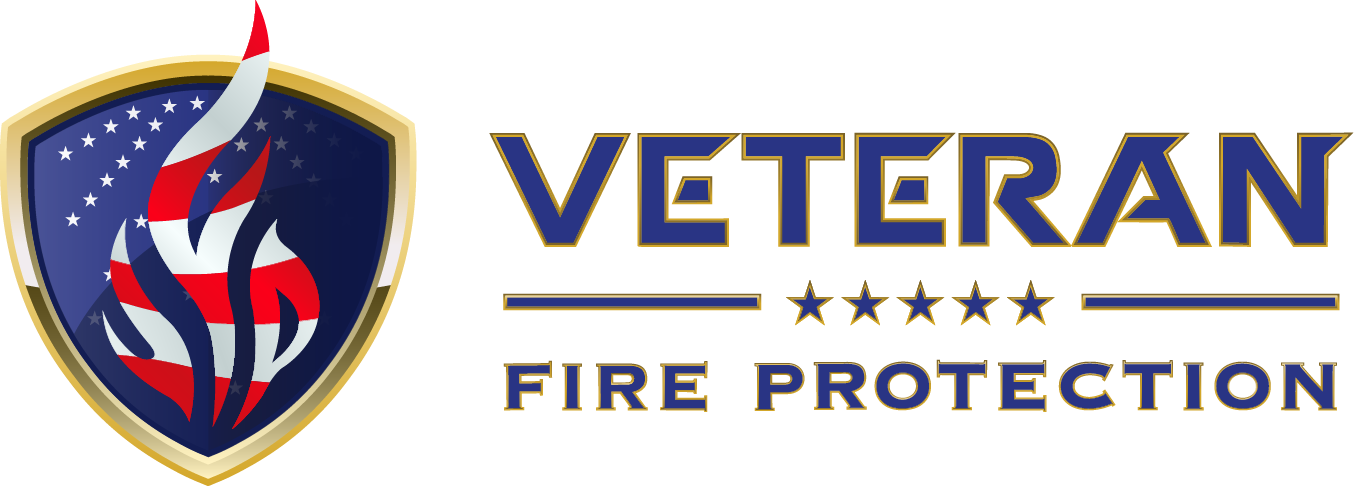Fire Protection Systems
Built to Detect. Designed to Defend
At Veteran Fire Protection, fire protection systems are more than machinery or metal—they’re networks designed to protect people and the places they value. Each one is engineered to detect danger fast, contain it early, and stop it before it turns into loss. These systems don’t sleep. They stand ready, protecting industrial facilities, commercial buildings, and homes every single day.
Modern fire safety depends on balance. Both active and passive fire protection systems work together, one responding, the other resisting—each as essential as the other.
Active Fire Protection Systems
Active systems respond the moment heat, smoke, or flame appears. They require movement—an electrical signal, a valve opening, a siren. Within seconds, they act to control or extinguish the threat.
Fire Detection Systems
Their role is simple: find the problem before it spreads.
- Smoke Detectors: Recognize smoke particles and send alerts in seconds.
- Heat Detectors: Trigger alarms when temperatures climb too fast.
- Flame Detectors: Sense infrared or ultraviolet radiation from fire sources.
- Gas Detectors: Identify hazardous gases such as carbon monoxide or propane leaks.
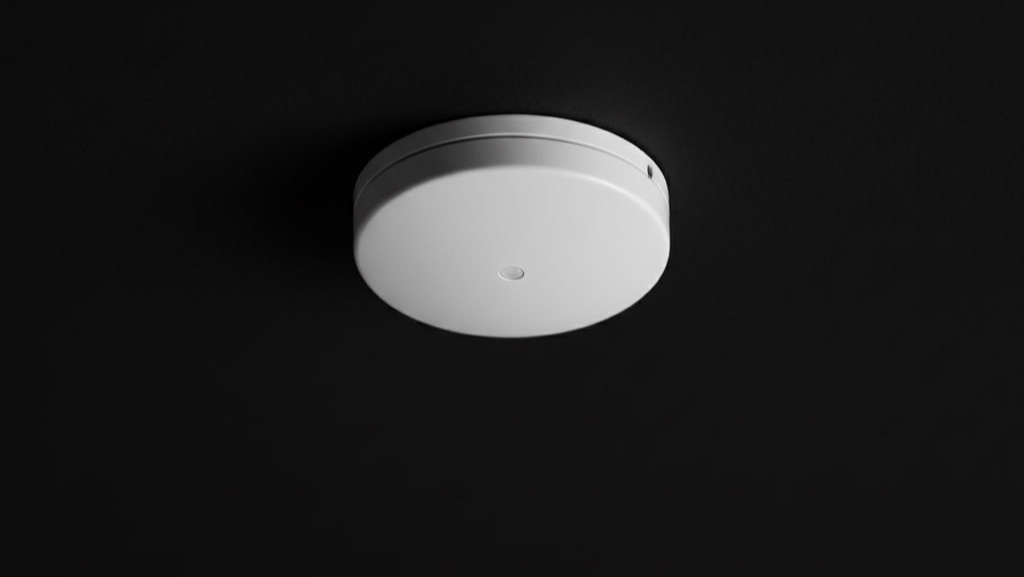
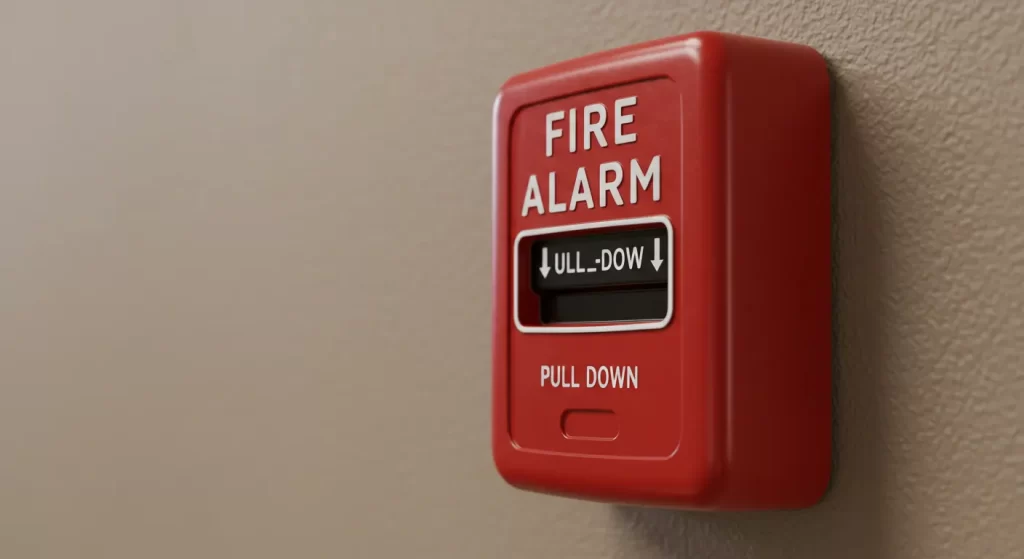
Fire Alarm Systems
Once detected, alarms communicate. Fast.
- Manual Call Points (Pull Stations): Allow people to trigger alerts manually.
- Audible and Visual Alerts: Horns, strobes, and lights warn everyone inside.
- Voice Evacuation Systems: Broadcast clear spoken instructions during emergencies.
Fire Suppression Systems
These are the muscle systems that fight the flames directly.
- Water-Based Systems
- Sprinkler Systems (Wet, Dry, Pre-Action): Activate automatically when heat is sensed.
- Deluge Systems: Release heavy volumes of water across open hazards.
- Water Mist Systems: Cool surfaces and smother fire using fine vapor.
- Gas-Based Systems
- CO₂ Suppression: Removes oxygen, starving the fire.
- Clean Agent Systems (FM-200, NOVEC): Chemical suppression with no residue—safe for equipment.
- Inert Gas Systems: Lower oxygen concentration to prevent combustion.
- Foam-Based Systems
- Foam Sprinklers and AFFF: Create a film barrier to seal and suffocate flammable liquid fires.
- Powder-Based Systems
- ABC Powder: Versatile dry chemicals used across multiple fire classes.
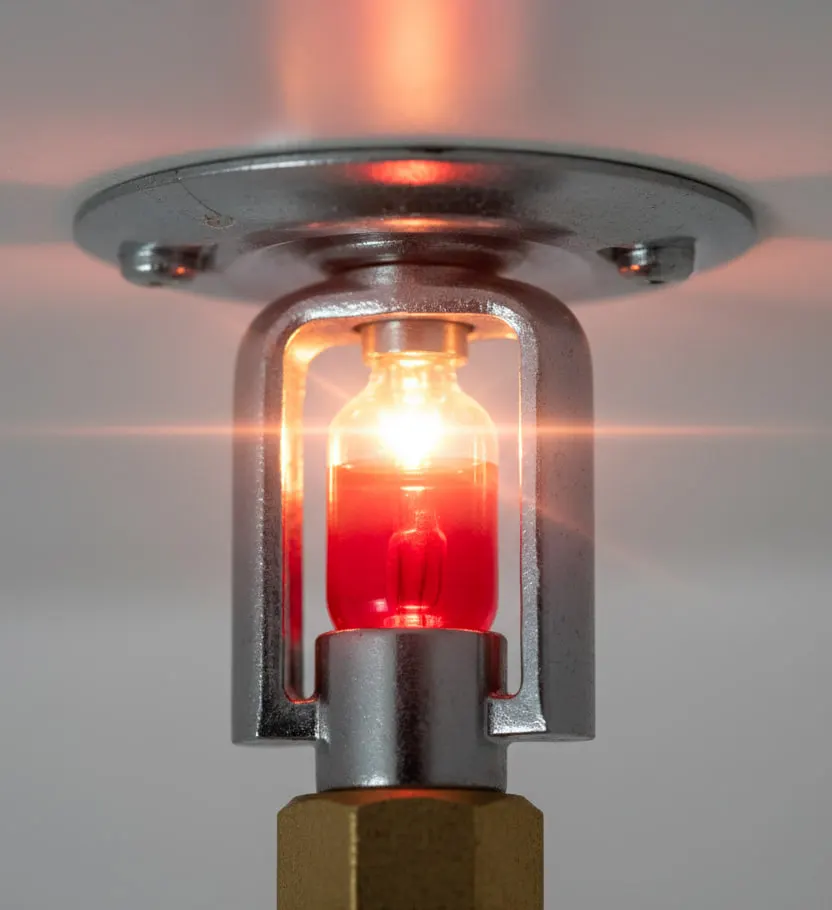
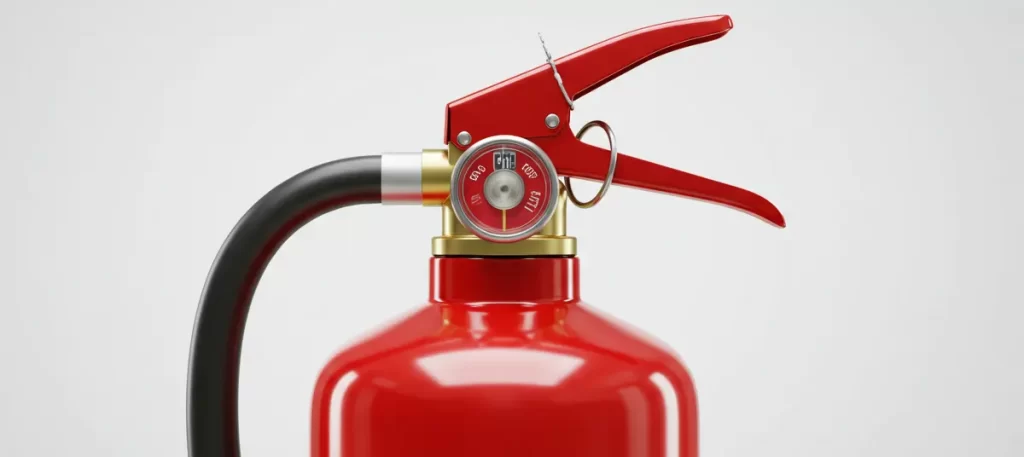
Portable Fire Extinguishers
Handheld and direct. Water, foam, CO₂, or powder units—designed for small fires that demand immediate action.
NFPA data shows buildings with well-maintained active fire protection systems experience up to 87% fewer fatalities and 69% less property damage.
Active Fire Protection Systems
Passive systems work differently. They don’t activate. They resist. Built directly into the building’s structure, their role is to stop fire from moving. They contain it—buying time when every second counts.
Core Components Include:
- Fire-Resistant Walls, Floors, Ceilings: Form physical barriers that slow fire and heat.
- Fire Doors and Fire-Rated Windows: Seal off smoke and isolate danger zones.
- Fire Dampers (in HVAC): Block flames and smoke from traveling through air ducts.
- Sealed Openings Around Pipes and Cables: Close small paths that fire could exploit.
- Fire-Rated Glass and Frames: Offer visibility and endurance under extreme heat.
Passive fire protection is the building’s armor—always in place, always working, no switch required. It holds the line while active systems fight back.
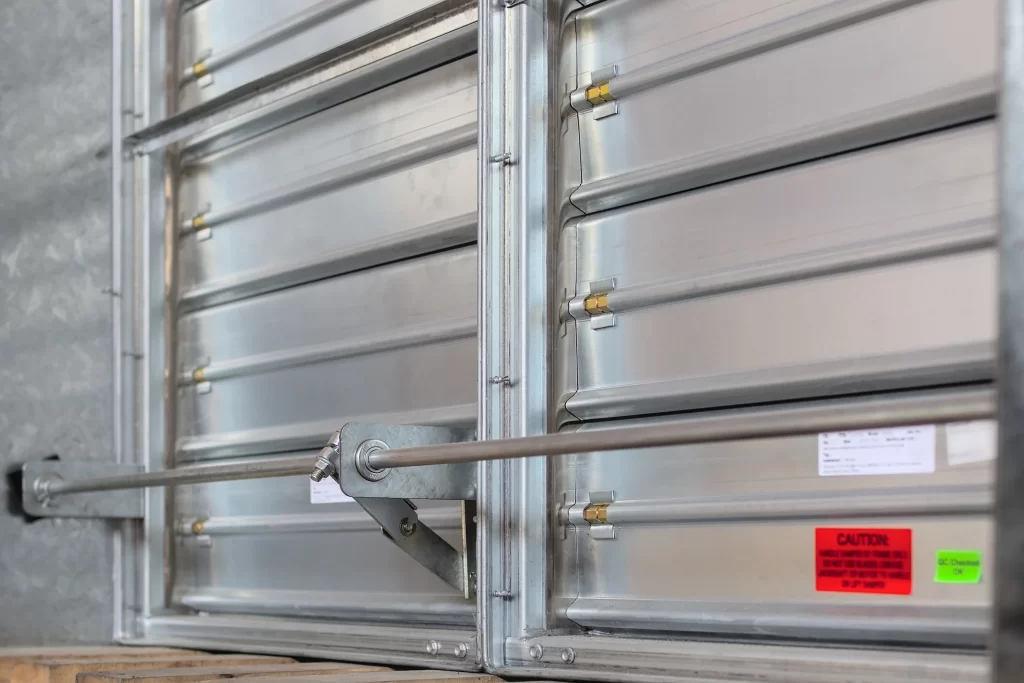
The Balance Between Active and Passive Protection
True fire safety happens when both types work together.
Active systems detect, warn, and extinguish.
Passive systems isolate, contain, and protect.
This partnership creates layered security—an approach that reduces risk and improves response time. Veteran Fire Protection integrates both systems using UL-certified materials and NFPA-compliant designs tailored to each property’s needs.
Why Choose Veteran Fire Protection
Veteran Fire Protection combines years of technical experience with real-world reliability. The company’s work reflects precision—built through testing, inspection, and a commitment to compliance.
Why clients rely on our expertise:
Certified technicians trained in NFPA and UL standards
24/7 emergency service available across California
Preventive maintenance that keeps systems fully operational
Comprehensive reports for inspections and insurance
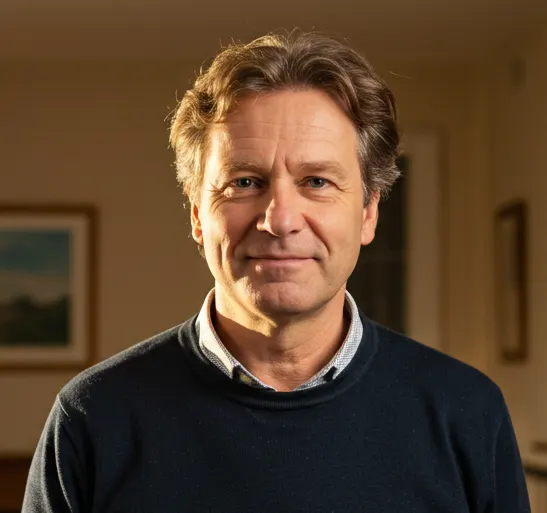
Stay Protected. Stay Compliant.
Fire safety isn’t optional—it’s the foundation of every secure building. Veteran Fire Protection delivers fire protection systems designed for dependability under pressure. From installation to maintenance and testing, every project is completed with precision and care.
